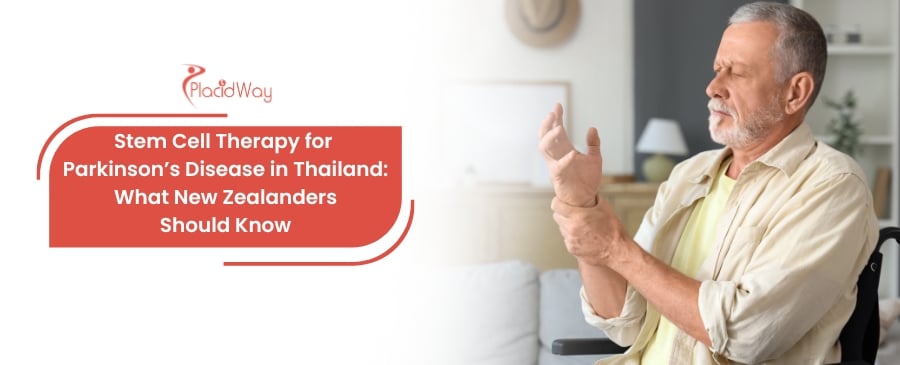
A diagnosis of Parkinson's disease is a life-altering event. For patients and their families in New Zealand, navigating the daily challenges of a progressive neurodegenerative disorder—the tremors, the rigidity, and the slowness of movement—can be an exhausting journey. While traditional medications like Levodopa are essential for managing symptoms, they do not halt the underlying disease progression. Over time, their effectiveness can wane, and side effects can become more pronounced.
This reality has pushed many New Zealanders to look beyond their borders for new, innovative treatments. Stem cell therapy has emerged at the forefront of regenerative medicine, offering a fundamentally different approach. Instead of just masking symptoms, this advanced therapy aims to repair and protect the brain, targeting the root cause of the disease: the loss of dopamine-producing neurons.
Thailand, a world-renowned leader in medical tourism, has become a primary destination for this cutting-edge treatment. By combining internationally accredited hospitals, highly skilled specialists, and costs that are a fraction of those in Western countries, Thailand offers a viable, high-quality option.
This comprehensive guide is designed specifically for New Zealanders exploring stem cell therapy for Parkinson's in Thailand. We will cover everything you need to know—from the science and the procedure to the costs, risks, and what to expect—to help you make a fully informed decision about your health.
Key Takeaways
-
Primary Goal: Stem cell therapy for Parkinson's is an advanced, regenerative medicine approach that aims to replace the brain's lost dopamine-producing neurons, targeting the root cause of motor symptoms rather than just managing them.
-
Thailand's Advantage: Thailand offers a combination of internationally accredited hospitals, highly trained specialists in regenerative therapies, and significantly lower costs compared to New Zealand, the US, or Europe.
-
Experimental Nature: It is crucial for patients to understand that this is still an experimental treatment. While it shows great promise for improving quality of life and slowing progression, it is not currently considered a definitive "cure" for Parkinson's disease.
-
Cost Savings for New Zealanders: Patients from New Zealand can anticipate savings of 40-70% on treatment packages in Thailand. A "General Treatment" in New Zealand starts from $16,000 NZD (approx. $9,800 USD) for broader conditions, with Parkinson's-specific protocols often being much higher.
Comparative Costs for Neurological Stem Cell Therapy (Parkinson's):
-
Thailand: Packages typically range from $8,000 to $18,000 USD. Some clinics offer comprehensive one-week protocols for around $10,000 USD.
-
Mexico: Costs for neurological conditions can range from $4,600 to $15,000 USD, depending heavily on the number of cells and clinic.
-
South Korea: Prices are higher, generally falling between $10,000 and $25,000 USD, with some quotes for Parkinson's reaching $33,000 USD.
-
New Zealand / Western Countries: Costs are often prohibitive, starting from $16,000 NZD ($9,800 USD) for general treatments and easily exceeding $25,000 - $30,000 USD for complex neurological protocols.
Understanding Stem Cell Therapy for Parkinson's Disease
Stem cell therapy for Parkinson's disease is a cutting-edge regenerative treatment designed to replenish the brain cells destroyed by the condition. Unlike traditional medications that only manage symptoms by mimicking or boosting dopamine, this therapy attempts to restore the brain's natural ability to produce dopamine, potentially improving motor function and slowing disease progression.
Parkinson's disease (PD) is a progressive neurodegenerative disorder characterized by the death of dopaminergic (dopamine-producing) neurons in a part of the brain called the substantia nigra. This loss of dopamine is directly responsible for the hallmark motor symptoms: tremors, rigidity, bradykinesia (slowness of movement), and postural instability.
Current treatments, like Levodopa, are symptomatic. They help manage the symptoms but do not stop the underlying disease progression. As the disease worsens, these medications often become less effective and can cause significant side effects.
How Do Stem Cells Target Parkinson's?
The logic behind cell replacement therapy is straightforward: if the problem is lost cells, the solution is to replace them.
-
Introduce New Cells: Specialized stem cells are administered to the patient.
-
Homing and Differentiation: These cells have the potential to travel to the damaged area of the brain (the striatum).
-
Become Dopamine Neurons: Once there, the goal is for them to differentiate—or transform—into new, healthy dopamine-producing neurons.
-
Restore Function: These new neurons integrate into the brain's existing neural circuits, theoretically restoring the brain's depleted dopamine supply and improving motor function.
What Types of Stem Cells Are Used?
Research is exploring several types of stem cells, but in clinical practice (particularly in medical tourism destinations like Thailand), Mesenchymal Stem Cells (MSCs) are most commonly used.
-
Mesenchymal Stem Cells (MSCs): These are adult stem cells, often sourced from a patient's own bone marrow or adipose (fat) tissue (autologous) or from ethically sourced umbilical cord tissue (allogeneic). MSCs are favored for their:
-
Safety Profile: They have a very low risk of rejection or tumor formation.
-
Anti-inflammatory Properties: They release powerful anti-inflammatory and neurotrophic (protective) factors that can shield existing neurons from further damage.
-
Immunomodulation: They help regulate the immune system, reducing the neuro-inflammation associated with Parkinson's.
-
-
Other Cell Types (Mainly in Research): You may also hear about Embryonic Stem Cells (ESCs) and Induced Pluripotent Stem Cells (iPSCs). These are highly "pluripotent" (can become any cell type) and are the focus of many clinical trials, but their use in routine clinical practice is less common due to ethical concerns (ESCs) or complexity and risk (iPSCs).
Why Choose Thailand for This Advanced Treatment?
For New Zealanders, Thailand has emerged as a top-tier medical tourism hub by balancing advanced medical technology and specialized expertise with exceptional affordability. Patients can access innovative treatments like stem cell therapy in JCI-accredited facilities at a fraction of the cost they would face at home, all while experiencing world-class hospitality.
While New Zealand has an excellent healthcare system, access to experimental and regenerative therapies can be limited and extremely expensive. Thailand fills this gap for international patients by offering:
-
Significant Cost Savings: As highlighted, the financial benefit is the most compelling factor. A comprehensive treatment protocol that might cost over $30,000 USD in a Western country can be found for $10,000 - $15,000 USD in Thailand.
-
Advanced Medical Infrastructure: Thailand is home to over 60 JCI-accredited hospitals, the "gold standard" for international healthcare. These facilities boast state-of-the-art laboratories for cell processing and operating theaters that rival any in the world.
-
Specialized Expertise: Many Thai doctors and specialists have trained in the US, UK, or Europe, bringing back world-class expertise in regenerative medicine and neurology. They are often more experienced in the practical application of these therapies due to higher patient volume.
-
Ease of Travel and Recovery: Thailand is a welcoming and comfortable country for recovery. The combination of affordable luxury accommodation, healthy food, and a service-oriented culture makes the post-treatment period less stressful for patients and their families.
Are You a Suitable Candidate for This Therapy?
Ideal candidates are typically in the early-to-moderate stages of Parkinson's disease, are in good general health, and have realistic expectations about the treatment's outcomes. This therapy is not a cure, but it may help manage symptoms and improve quality of life.
Candidacy is determined on a case-by-case basis after a thorough review of your medical records. Generally, clinics in Thailand will look for:
-
Confirmed Parkinson's Diagnosis: The patient must have a clear diagnosis of idiopathic Parkinson's disease.
-
Disease Stage: Patients in the early to moderate stages (Hoehn and Yahr stages 1-3) often see the most benefit. The therapy is less likely to be effective in the advanced stages where widespread neurological damage has occurred.
-
Response to Levodopa: A good response to standard Parkinson's medication can be a positive indicator.
-
Good General Health: The patient must be free from active infections, uncontrolled chronic illnesses (like severe diabetes or heart failure), and cancer.
-
Realistic Expectations: The most important factor. Patients must understand that the goal is symptom improvement, a potential slowing of progression, and a "reset" of their "on/off" periods. It is not a guaranteed reversal of the disease.
The Stem Cell Treatment Protocol in Thailand: A Step-by-Step Guide
A typical stem cell protocol in Thailand is an intensive, multi-day process that includes a comprehensive evaluation, cell preparation and activation, and multiple administrations of the cells, often combined with supportive therapies like physiotherapy and nutritional drips.
While the exact treatment plan will vary by clinic, a common protocol for a medical tourist from New Zealand might look like this:
Stage 1: Initial Consultation and Evaluation (Day 1)
You will meet with the lead neurologist and regenerative medicine specialist. This involves:
-
A deep review of your medical history and Parkinson's symptoms.
-
A physical and neurological examination.
-
Comprehensive blood tests and diagnostics to establish a baseline and confirm your fitness for the treatment.
Stage 2: Stem Cell Preparation (Day 2-3)
The type of cell determines this step.
-
If using Allogeneic MSCs (from a donor): This is the most common method for convenience and cell potency. The clinic will have pre-screened, cultured, and cryopreserved high-potency MSCs from an ethical source (like umbilical cord tissue) ready for your treatment.
-
If using Autologous MSCs (your own cells): This involves a minor liposuction (to get fat tissue) or a bone marrow aspiration. These cells are then sent to the lab, isolated, and cultured (grown) for several days. This method is less common for short medical trips as the culturing process takes time.
Stage 3: The Administration/Transplantation (Day 3-7)
The cells are not administered in a single "shot." The protocol often involves multiple applications to maximize efficacy. This may include:
-
Intravenous (IV) Infusion: The primary method. A high dose of stem cells (e.g., 45-50 million MSCs) is infused via an IV drip. This allows the cells to circulate systemically, reducing body-wide inflammation.
-
Intrathecal (IT) Injection: A more direct approach where cells are injected into the spinal fluid via a lumbar puncture. This is done to deliver the cells more directly to the central nervous system (brain and spinal cord).
-
Supportive Therapies: Top clinics, like Vega Clinic in Bangkok, often include supportive treatments in their packages. This can include NAD+ IV drips (to boost cellular energy) and vitamin infusions to support neurological health.
Stage 4: Post-Treatment Monitoring and Recovery (Day 7-10)
The final days involve monitoring for any side effects, follow-up consultations with the doctor, and often physiotherapy sessions. The medical team will provide a detailed post-treatment care plan, including any recommended lifestyle changes, before you are cleared to fly back to New Zealand.
Did You Know?
Many leading stem cell clinics in Thailand combine Mesenchymal Stem Cells (MSCs) with other treatments like high-dose Vitamin C, nutritional IVs, and NAD+ therapy. The guiding principle is that while MSCs work to repair and protect, these supportive therapies create the optimal cellular environment for the new cells to thrive, enhancing the overall neuroprotective effect.
Cost of Stem Cell Therapy for Parkinson's: Thailand vs. New Zealand & Other Countries
The cost of stem cell therapy for Parkinson's in Thailand is a fraction of what it would be in New Zealand or the US, with comprehensive packages ranging from $8,000 to $18,000 USD. This price often includes consultations, the cell procedures, supportive therapies, and follow-ups, representing a 40-70% savings.
For New Zealanders, the cost of private experimental therapy at home is often prohibitively high, if it's available at all. The table below provides an estimated comparison for a comprehensive neurological protocol.
Comparative Cost of Neurological Stem Cell Therapy (Estimates)
| Country | Treatment Type | Estimated Cost (USD) | What's Included (Typically) |
| Thailand | Parkinson's Protocol (MSCs) | $8,000 – $18,000 | Consultations, multiple cell infusions (IV/IT), lab work, supportive IVs (NAD+), physiotherapy. |
| Mexico | Neurological Protocol | $7,000 – $15,000 | Varies widely. Can be cheaper but may offer fewer cells or less comprehensive package inclusions. |
| South Korea | Neurological Protocol | $10,000 – $25,000+ | High-tech facilities, but costs are generally higher than in Thailand. Some quotes for PD reach $33,000. |
| New Zealand | General Stem Cell Treatment | $16,000 NZD ($9,800 USD) – $25,000+ NZD | This is often for orthopedic use. Neurological protocols are rare and would likely be part of a very expensive clinical trial. |
| USA | Clinical Trial / Limited Clinic | $25,000 – $50,000+ | Extremely expensive and heavily regulated. Most treatments are part of FDA-approved clinical trials. |
A package in Thailand, such as the one offered by Vega Clinic, might cost $10,000 USD and typically includes:
-
All doctor consultations and reviews
-
Full blood tests and diagnostics
-
Two IV infusions of 45 million MSCs each (total 90 million cells)
-
Supportive NAD+ and vitamin drips
-
Physiotherapy sessions
-
All post-treatment follow-up
This package price excludes flights from New Zealand (e.g., Auckland to Bangkok) and accommodation, which patients must budget for separately.
What Are the Real Risks and Success Rates?
While generally considered to have a good safety profile when using MSCs, stem cell therapy is not without risk. Patients must be aware of potential side effects like infection, and more serious (though rare) risks like tumor formation. Success is not guaranteed, and the primary goal is symptom improvement, not a cure.
It is PlacidWay's responsibility to provide a transparent, balanced view. This therapy is promising, but it is not a magic bullet.
Potential Risks and Side Effects
The most common side effects are mild and temporary, related to the injection procedures:
-
Pain, swelling, or bruising at the injection site (for IV or fat aspiration).
-
Headache or fatigue for 24-48 hours post-treatment.
-
Risk of Infection: As with any invasive procedure, there is a small risk of infection, though this is minimized in an accredited hospital environment.
-
Tumorigenicity (Tumor Risk): This is a significant concern in stem cell research, particularly with pluripotent (ESC/iPSC) cells that can grow uncontrollably. This risk is considered extremely low with Mesenchymal Stem Cells (MSCs), which is why they are the standard choice in clinical practice.
Managing Expectations: Is This a Cure?
No. Currently, there is no cure for Parkinson's disease. The goal of stem cell therapy is to:
-
Improve quality of life.
-
Reduce motor symptoms (tremor, stiffness, slowness).
-
Lessen the severity of "off" periods.
-
Potentially slow down the progression of the disease.
Some patients report significant improvements in movement, energy, and cognitive function, while others may experience only mild benefits. The results are highly individual.
Expert Insight
Neurologists and researchers emphasize that the efficacy of stem cell transplants for Parkinson's "remains uncertain" in large-scale studies. However, they also note that the procedure, particularly with MSCs, has "proved to be safe so far." Patients are not just paying for a procedure; they are participating in an advanced field of medicine. The focus should be on realistic gains in symptom management and overall well-being.
Preparing for Your Medical Trip from New Zealand to Thailand
Planning your trip from New Zealand involves more than just booking a flight; it requires coordinating with the clinic, securing the correct visa, and arranging suitable accommodation for your recovery. A medical tourism partner like PlacidWay can manage all these logistics for you.
For New Zealand citizens, traveling to Thailand for medical purposes is a well-established process.
-
Visa: New Zealanders can typically enter Thailand for 30 days without a visa (visa exemption). However, for a planned medical procedure, it is highly recommended to obtain a Medical Visa (Non-Immigrant O-A) or a 60-day tourist visa, which can be extended in-country. Your chosen clinic will provide the necessary paperwork and letters of invitation.
-
Flights: Direct flights are available from Auckland to Bangkok, or with easy connections through Singapore or Australia. Plan to arrive at least 1-2 days before your first appointment.
-
Accommodation: Book a hotel or serviced apartment near your clinic. Many top hospitals have partnerships with nearby hotels or even have their own accommodation. Prioritize comfort, quiet, and accessibility for your recovery period.
-
Medical Records: Consolidate all your relevant medical history, including your official Parkinson's diagnosis, recent MRIs or CT scans, and a list of all current medications.
Top Clinics and Medical Standards in Thailand
Thailand's top regenerative medicine clinics are located within or affiliated with major, internationally accredited hospitals. Centers like Vega Stem Cell Clinic and Beike Biotech in Bangkok are known for their advanced lab facilities, experienced specialists, and comprehensive treatment protocols for neurological conditions.
When researching options, New Zealanders should look for clinics that are:
-
Internationally Accredited: Look for JCI (Joint Commission International) accreditation.
-
Transparent: They should be willing to provide clear details on the type of stem cells used, the number of cells, the administration method, and a detailed cost breakdown.
-
Specialized: A clinic that treats orthopedic issues is not the same as one specializing in neurological disorders. Look for clinics with neurologists and regenerative medicine specialists on staff.
PlacidWay partners with pre-vetted, high-quality centers in Thailand, taking the guesswork and risk out of your selection process.
Frequently Asked Questions (FAQs)
How long will it take to see results after the treatment?
This varies significantly. Some patients report feeling small improvements in energy and clarity within weeks. However, cellular regeneration is a slow process. More noticeable improvements in motor function may take 3 to 6 months to become apparent as the new cells integrate and begin working.
Will I have to stop taking my regular Parkinson's medication?
No. You should not stop your current medication (like Levodopa) unless specifically instructed by your neurologist. The goal of stem cell therapy is to work alongside your existing treatment plan. Over time, if your symptoms improve, your doctor may be able to adjust (reduce) your medication dosage.
Is stem cell therapy for Parkinson's safe?
When using Mesenchymal Stem Cells (MSCs) in an accredited clinical setting, the safety profile is considered very good. The most common risks are minor, such as headache or fatigue. The risk of rejection is minimal (especially with autologous cells) or non-existent (with immune-privileged umbilical cord MSCs).
How many stem cell infusions will I need?
A typical protocol for Parkinson's involves multiple infusions over a period of 5 to 10 days. This is not a single-shot treatment. For example, a package might include two or three separate infusions (both IV and intrathecal) totaling 90-150 million stem cells.
Is stem cell therapy approved in New Zealand for Parkinson's?
As of now, stem cell therapy is not an approved standard treatment for Parkinson's in New Zealand. It is still considered experimental and is primarily accessible through clinical trials, which can be very difficult to get into. This is why many New Zealanders travel abroad to countries like Thailand.
How long do the effects of stem cell therapy last?
The longevity of results is one of the biggest unanswered questions. The therapy aims to create a long-term, protective, and regenerative effect. Many patients experience benefits for several years, but because Parkinson's is a progressive disease, "top-up" treatments may be required in the future.
What type of stem cells are best for Parkinson's?
Most clinics in Thailand use Mesenchymal Stem Cells (MSCs) derived from umbilical cord tissue. These cells are young, potent, and have powerful anti-inflammatory and immunomodulatory properties. They also have a very high safety profile and do not pose the ethical or tumor-risk concerns associated with other cell types.
Your Next Steps with PlacidWay
Navigating the world of international regenerative medicine can be overwhelming. As a New Zealander considering advanced treatment in Thailand, you need a trusted partner to ensure your safety, high-quality care, and a seamless experience.
PlacidWay is a world-leader in medical tourism, connecting patients with a global network of accredited, pre-vetted hospitals and clinics. We don't just find you a doctor; we build your complete medical journey.
By choosing PlacidWay, you receive:
-
Free, No-Obligation Quotes: Get detailed, transparent cost breakdowns from top-tier Thai clinics specializing in Parkinson's care.
-
Vetted Providers: We have already done the hard work of auditing clinics for safety,-
expertise, and patient outcomes.
-
Full-Service Coordination: We can assist with medical record transfers, scheduling, travel, accommodation, and translator services.
-
Peace of Mind: You will have a dedicated case manager supporting you from your first inquiry in New Zealand to your safe return home.
Don't let distance or uncertainty stop you from exploring every possible option. Contact PlacidWay today for a free consultation and discover what stem cell therapy in Thailand can do for you or your loved one.



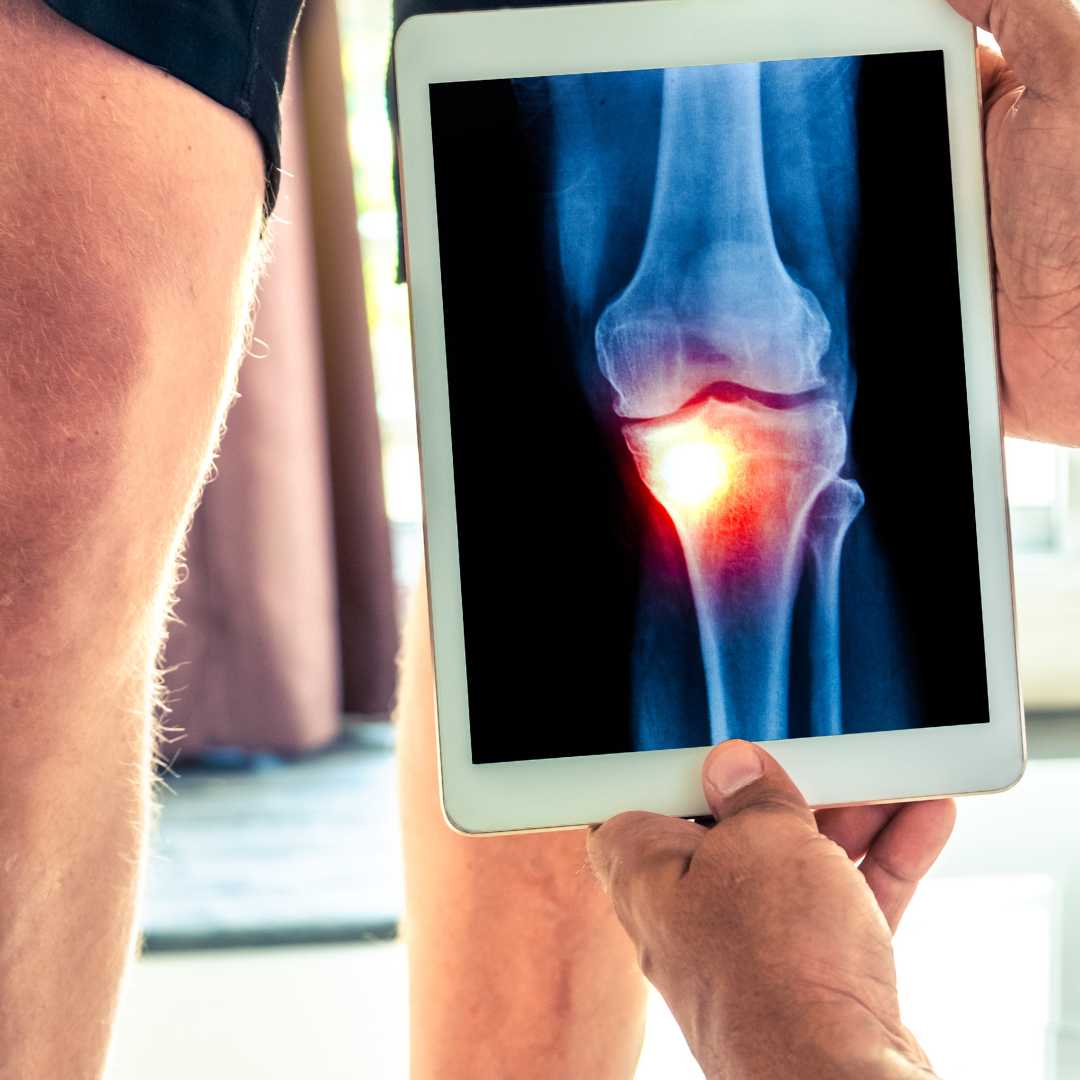
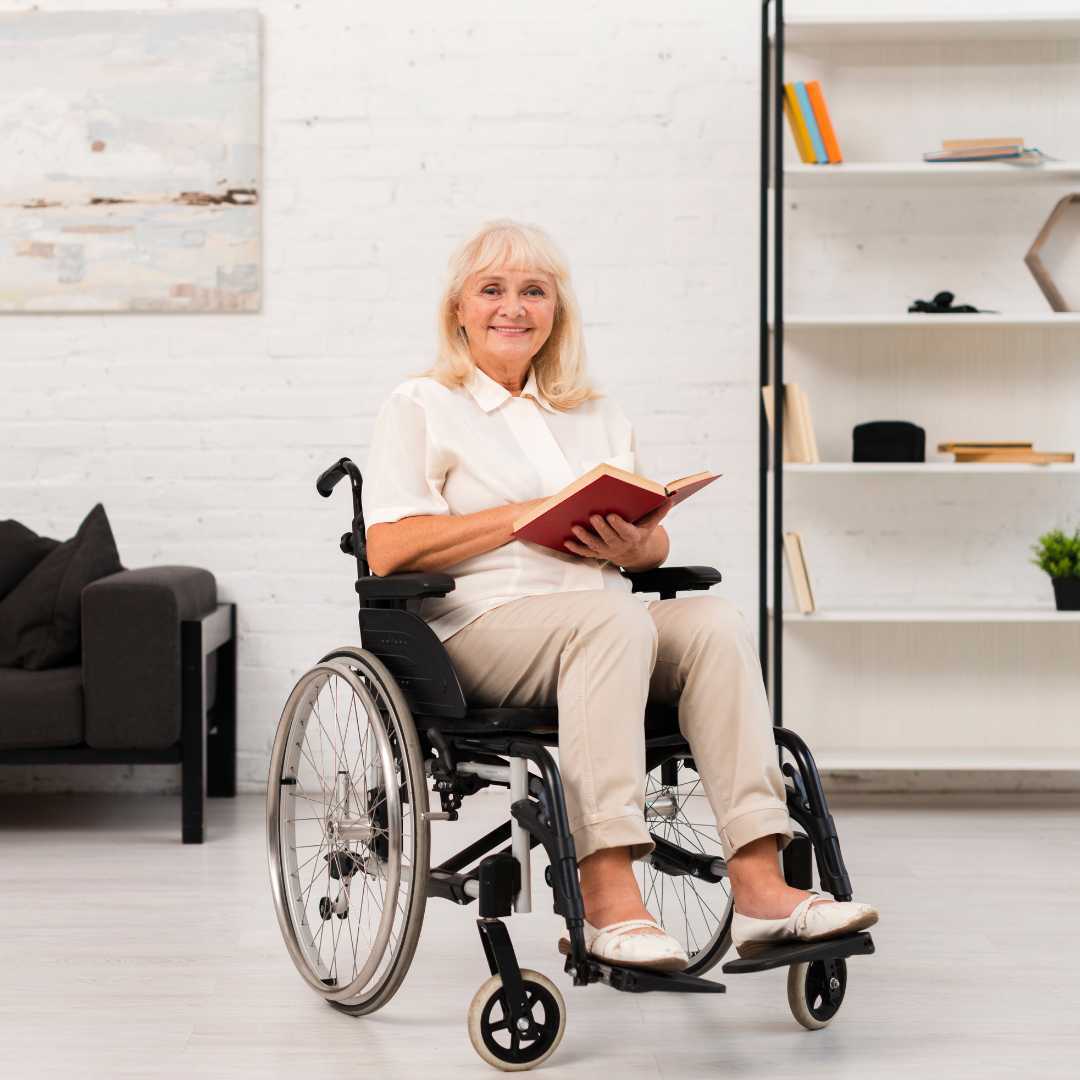
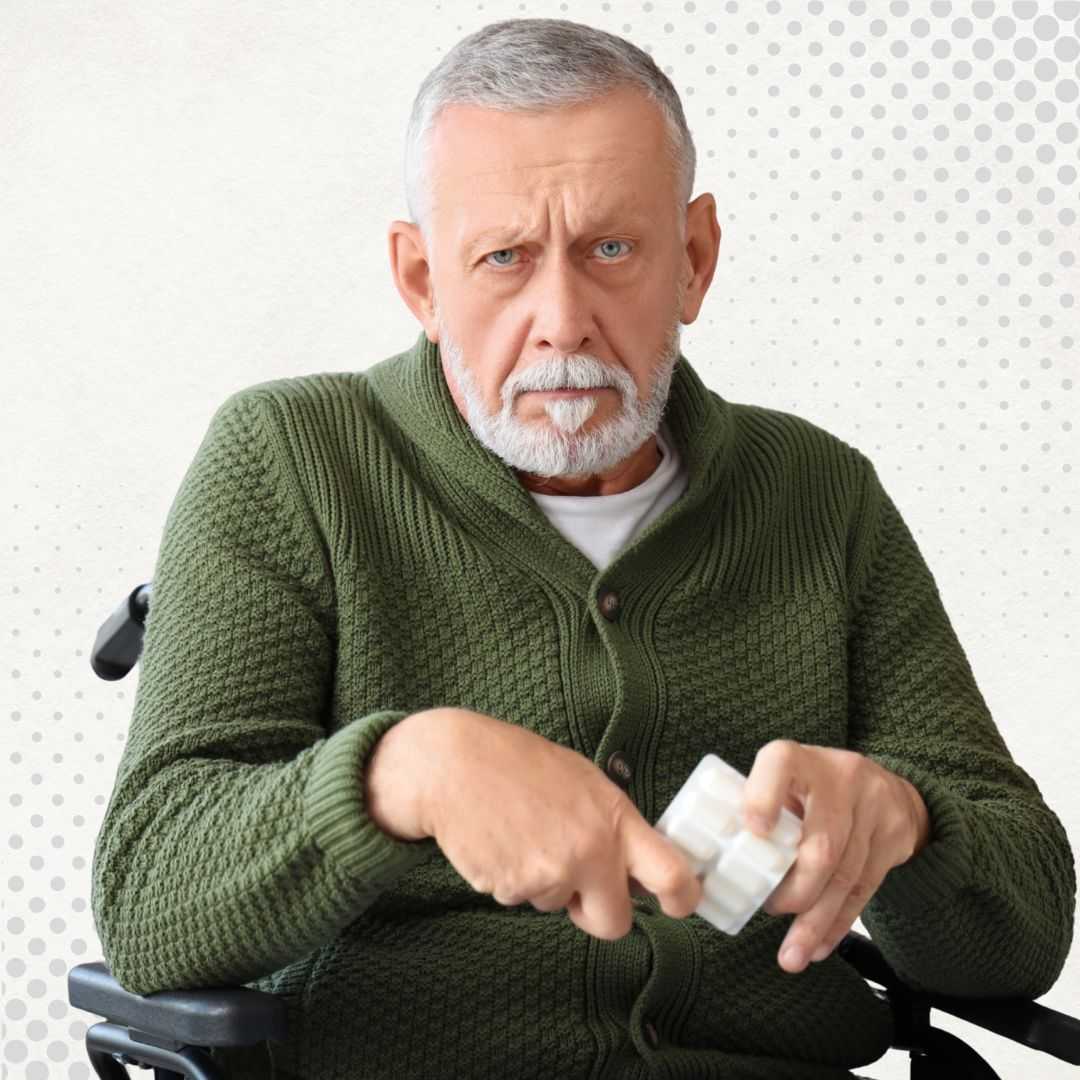
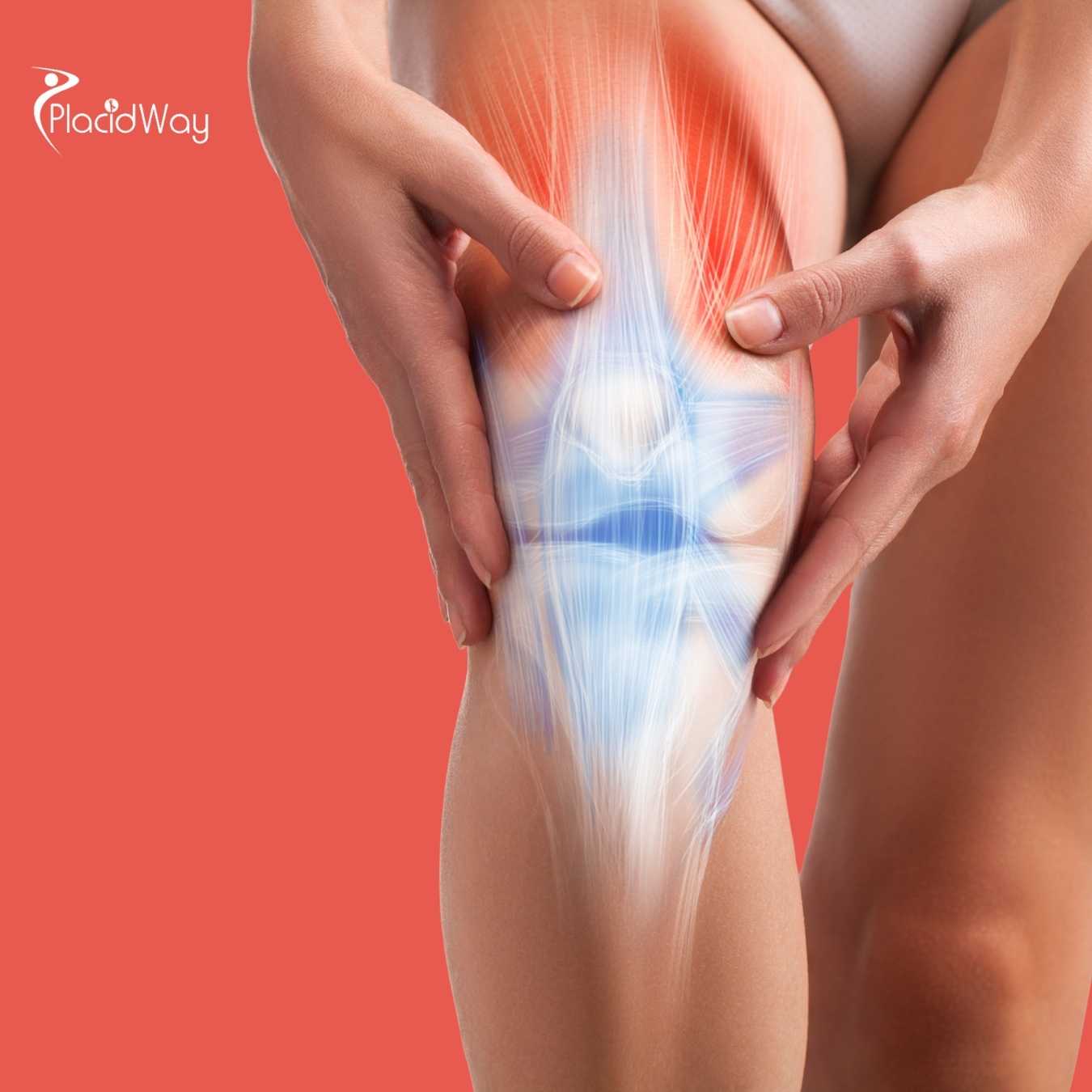
.png)
.png)
.png)
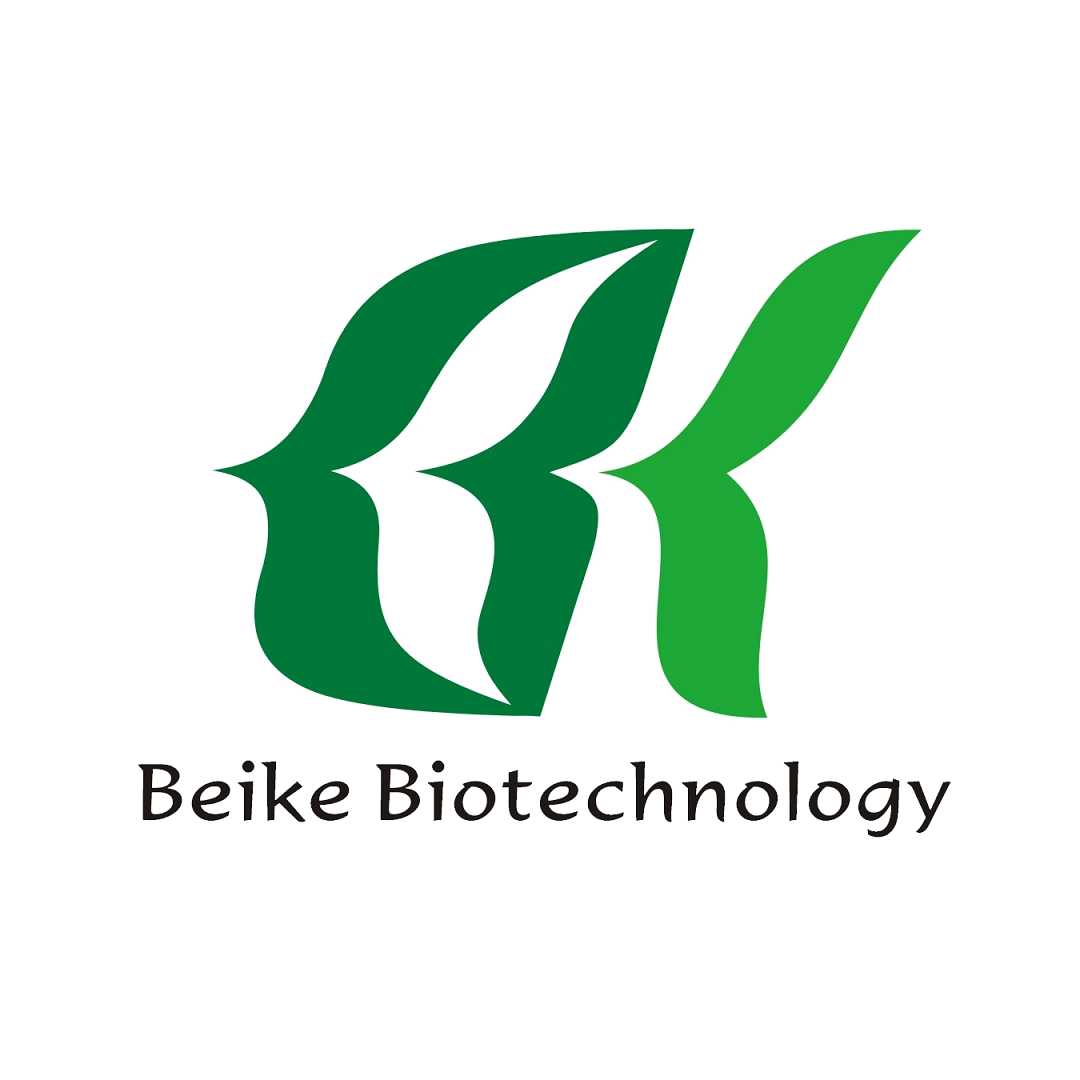

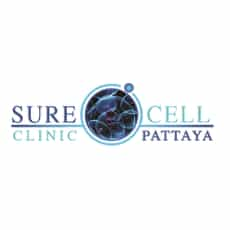

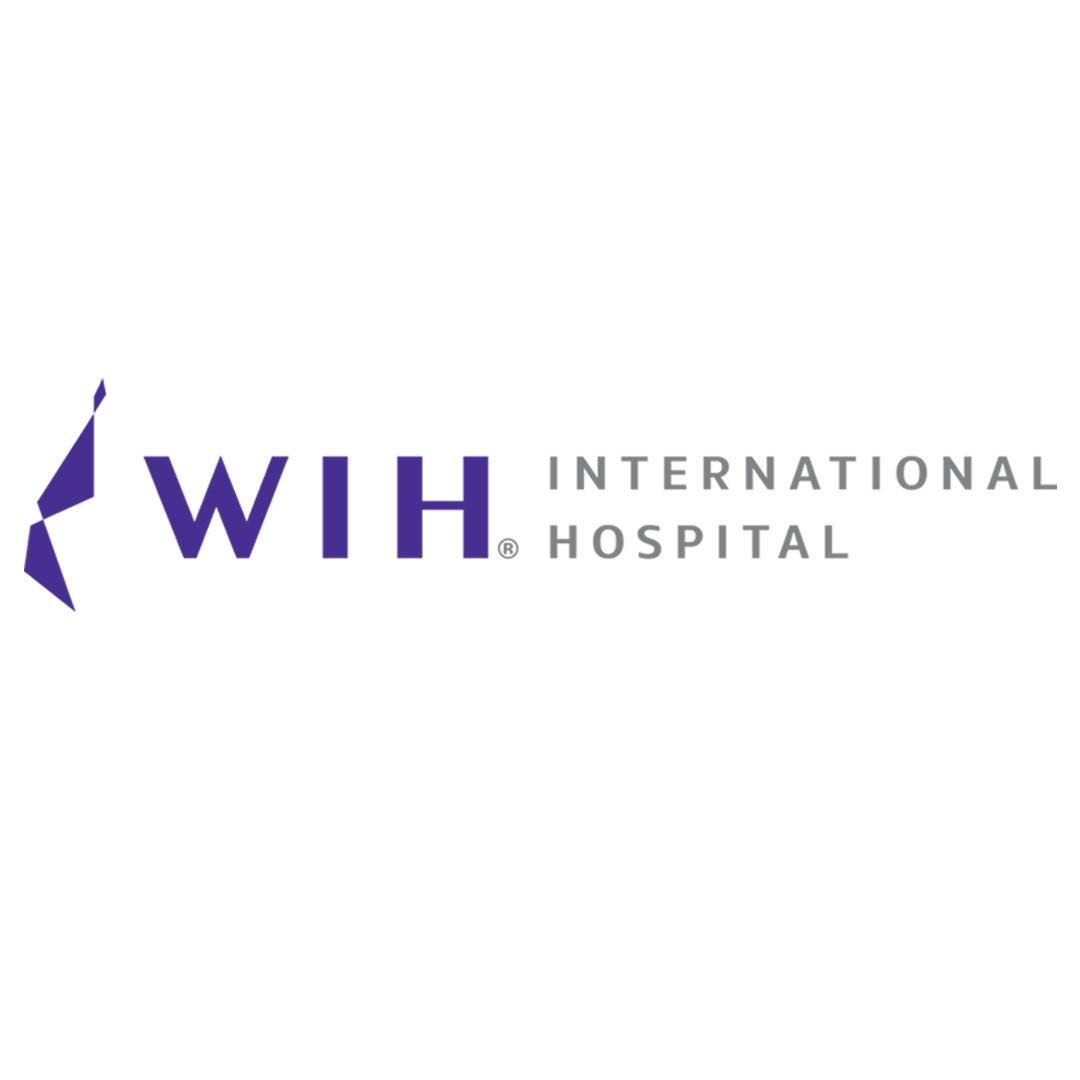

Share this listing